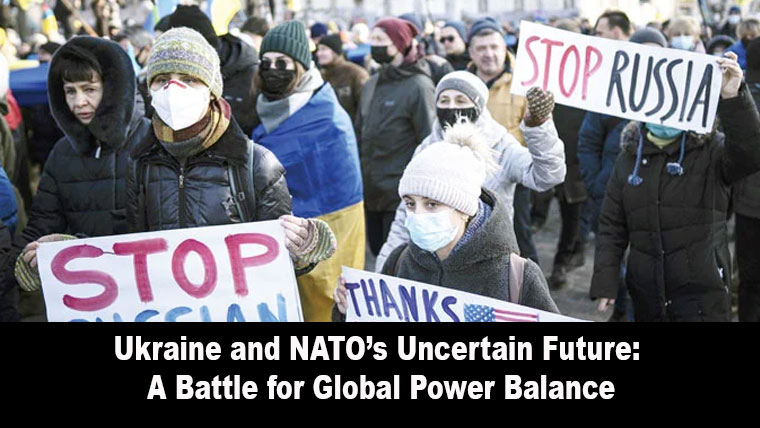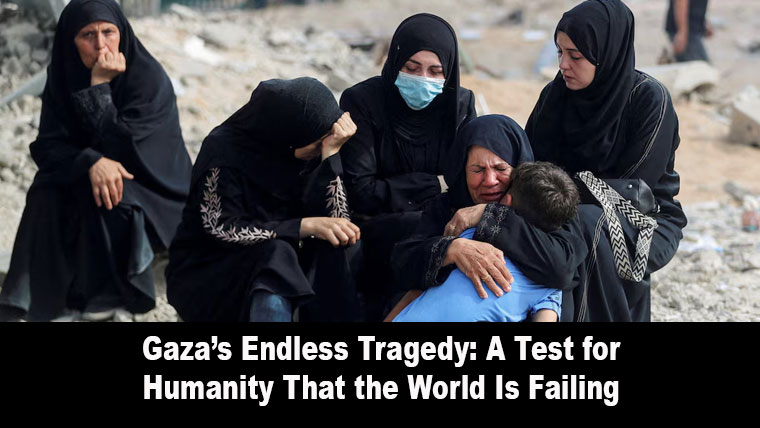In recent months, the world’s attention has once again shifted to Alaska—a U.S. state that was once part of Russia before 1867. On August 15, the region became the stage for a historic meeting between former U.S. President Donald Trump and Russian President Vladimir Putin. This was their first face-to-face interaction in four years, and for three intense hours, the discussion revolved almost entirely around the war in Ukraine.
For over three and a half years, the Russia-Ukraine conflict has reshaped not only Eastern Europe but also the foundations of global geopolitics. What began as a regional war has expanded into a larger confrontation involving alliances, defense strategies, and the future of NATO itself.
Trump’s Bold Promise: A War Ended in 24 Hours?
During his re-election campaign, Donald Trump made a bold claim: if he were in office, he could end the Russia-Ukraine war within 24 hours. He went further, arguing that the war would never have started had Joe Biden not been president in 2022. While critics dismissed this as political posturing, Trump’s recent meeting with Putin has reignited speculation about a possible shift in the conflict’s trajectory.
Trump has also hinted that while the U.S. and NATO may continue supplying Ukraine with weapons and training, Washington would not risk direct military involvement. This position has been read by many as an acknowledgment of Russia’s strategic advantage and a sign that NATO may be unwilling to take the ultimate step of fully embracing Ukraine as a member.
Ukraine’s Struggle for NATO Membership
Since Russia’s annexation of Crimea in 2014, Ukraine has sought closer ties with the West, with NATO membership as its ultimate goal. In 2022, shortly after Russia’s invasion, Kyiv formally applied to join the alliance. Yet, more than two years later, NATO has still not granted membership.
The reason lies in NATO’s own framework. Article 5 of its charter states that an attack on one member is considered an attack on all. If Ukraine were admitted, NATO would be legally bound to confront Russia directly, potentially triggering a global war. For this reason, despite rhetoric of support, NATO has kept Ukraine at arm’s length, offering military aid but denying formal membership.
For Ukraine, this delay has been a devastating blow. The country has sacrificed lives, territory, and economic stability, only to find the alliance it aspires to join unwilling to extend full protection.
Russia’s Demands and Ukraine’s Defiance
Reports suggest that Moscow has recently softened some of its demands. While Russia once insisted on full control of Donbas, Kherson, and Zaporizhzhia, its latest proposals focus primarily on Donbas, while signaling flexibility in other contested regions. In exchange, Russia appears willing to withdraw from parts of Kharkiv, Sumy, and Dnipropetrovsk.
However, Ukrainian President Volodymyr Zelensky has categorically rejected these terms. For him, conceding Donbas would mean compromising Ukraine’s sovereignty and abandoning the strategic goal of NATO membership—enshrined in Ukraine’s constitution.
At present, Russia controls significant portions of Donbas, Kherson, and Zaporizhzhia, along with smaller areas of Kharkiv and Mykolaiv. This territorial reality underscores Moscow’s battlefield advantage, while highlighting the enormous challenge Kyiv faces in reclaiming its land.
Europe’s Dilemma: Support or Surrender?
Across Europe, opinions remain divided. Germany and France worry that concessions to Moscow would weaken Ukraine while empowering Russia. Poland and the Baltic states warn that failing to stop Putin in Ukraine will leave them vulnerable to future aggression.
Yet there is also growing fatigue. The war has drained European economies, deepened energy crises, and tested political unity. If Trump’s approach becomes U.S. policy, Europe may face a painful choice: continue shouldering the burden alone or reluctantly accept a settlement on Russia’s terms.
NATO’s Credibility at Stake
The Ukraine war has become more than a territorial dispute—it is a test of NATO’s credibility as a defensive alliance. If NATO refuses to admit Ukraine, critics will argue that the alliance is unwilling to confront its greatest challenge. On the other hand, admitting Ukraine could risk direct war with Russia, a scenario the West has consistently avoided.
This paradox leaves NATO in a precarious position: support Ukraine enough to resist collapse, but not enough to provoke Russia into escalating the conflict. The result is a half-measure strategy that satisfies no one and fuels perceptions of Western weakness.
A New Global Power Alignment
Beyond Ukraine, the war signals a larger shift in global power. Russia’s resilience, China’s quiet backing, and the West’s cautious hesitancy all point toward the emergence of a multipolar world. Where once the U.S. and its allies dominated the international order, today new centers of influence are rising, challenging the post-Cold War status quo.
If Trump’s proposed “peace formula” is accepted, Russia will emerge as the clear victor, NATO will suffer a symbolic defeat, and Ukraine will be left in political and territorial limbo. More importantly, the global order will tilt toward a balance less favorable to the West and more accommodating to Moscow and Beijing.
Conclusion: A Future on the Edge
Ukraine’s future—and that of NATO—is hanging in the balance. The war is no longer just about borders; it is about global dominance, the strength of alliances, and the survival of a rules-based order. Whether the conflict ends through negotiation, escalation, or exhaustion, one thing is clear: the outcome will redefine international politics for decades to come.
The world now waits to see if diplomacy can achieve what military force has not—peace in Ukraine, or at least a fragile settlement. But in this waiting game, every decision by Washington, Moscow, Brussels, and Kyiv could tip the scales toward either a historic compromise or an even more devastating conflict.



